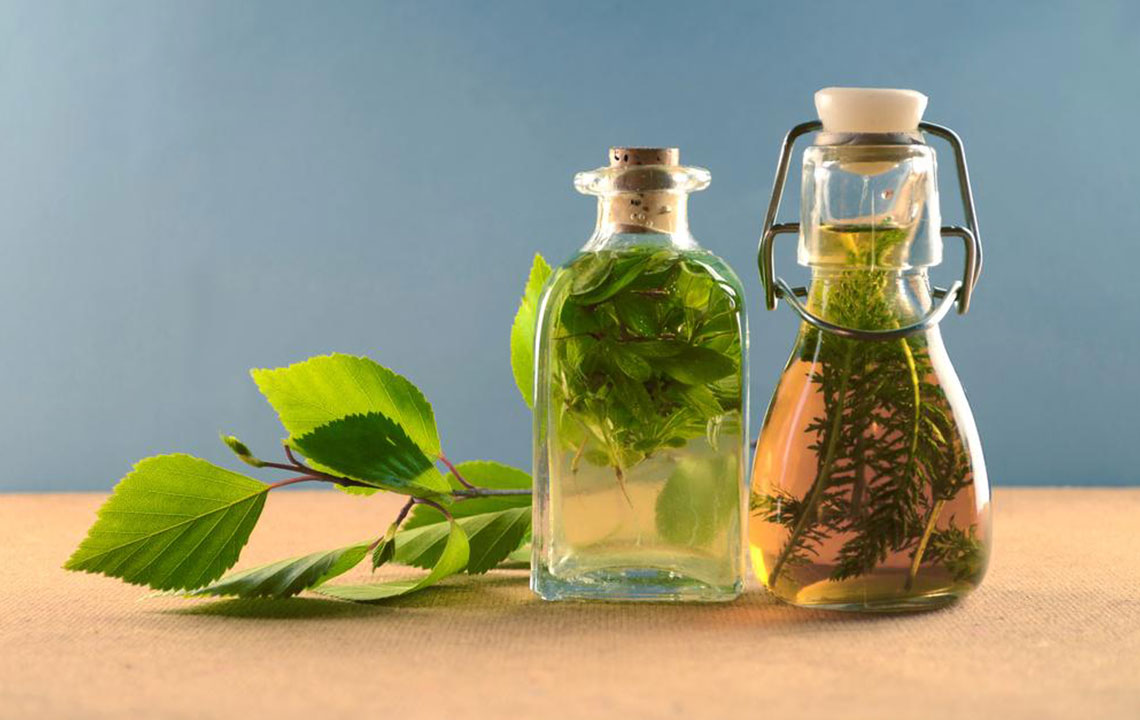Consider Natural Medicines for Rosacea to Treat the Condition

Rosacea results in enlarged blood vessels. It mainly affects the nose and often gives the appearance of red or flushed skin. Rosacea is caused by excessive temperatures, sensitivity to food, etc. Along with the conventional treatment options, you can also consider certain home remedies which have been known to offer relief during flare-ups with regular use. However, in order to be sure of what is best for you, it is better to seek professional help and get to know what suits your skin type. However, if you are at the risk of developing an allergic reaction or side effects because of the medicines, you can always opt for home remedies since they make use of natural ingredients.
Given below some of the best herbal remedial measures to treat rosacea:
Topical Choices
- Cucumber Mask
People with rosacea may apply cucumber facial mask as the same is supposed to help with the condition. Make a paste of cucumber by blending it and apply on your face. Wash it off with cold water after 30 minutes. You will be able to see visible changes within one month of regular use. - Chamomile Compress
The redness caused due to rosacea can be lessened by using chamomile compress. Boil one teaspoon of chamomile in one cup of water for 15 minutes and let it cool in the refrigerator. Dab a soft cloth in the mixture and apply on your face and leave for 15 to 20 minutes when you start to have a flare-up. However, there are people who are sensitive to chamomile. Thus, it is better for them to avoid this method. Instead, they can use ragweed, marigold or daisy compress. - Apple Mask
Fresh apple mask is great to treat this condition naturally. Make apple puree and apply the same to your face. Keep it for 15 minutes and then wash off with cold water. Use it daily for best results. - Herbal and Spice Paste
Mix together four teaspoons of coriander powder, two teaspoons of turmeric powder and two tablespoons of milk to make a smooth paste. Keep the mixture in the refrigerator. Apply and keep the paste for 10 minutes on your face. Do this twice daily regularly. - Horse Chestnut
Horse chestnut is believed to give effective results to people suffering from rosacea when used in a cream. Use this on the affected area twice daily on a regular basis. - Aloe Vera
The health benefits offered by aloe vera are known to all. Also, it is a great option to treat rosacea as well. Other skin conditions are also well-treated using this miracle plant. You can use aloe vera both topically and orally to effectively treat rosacea. It is advised to use the gel of this plant twice a day. This is one of the popular natural medicines for rosacea. - Tea Tree Oil
Tea tree oil has both antiseptic and anti-inflammatory properties which help to get rid of rosacea naturally and makes it the perfect natural medicine for rosacea. This oil can be used directly on the affected areas. - Green Tea
Rub green tea has been hailed as an effective natural medicine for rosacea. It can be applied to the affected areas to treat this skin condition. Green tea has anticarcinogenic, antioxidant and anti-inflammatory properties. All these take care of rosacea perfectly. - Oatmeal
Oatmeal is one of the best options to treat rosacea. It reduces and soothes itching. Mix 2 tablespoons of oatmeal with a little water in a cup and mix them to make a paste. Apply the same to the affected areas. - Rose Hip Oil
Rose Hip Oil is used to treat many skin conditions like sunburns, scars, blisters, eczema, etc. and is considered to be one of the best natural medicines for rosacea. It is beneficial to treat rosacea as well. Use a few drops of Rose Hip Oil on the affected areas every day. - Apple Cider Vinegar
Apple cider vinegar has anti-inflammatory properties. You can consume or apply apple cider vinegar. You can do both for quick results. - Feverfew
When feverfew is applied to the skin, it prevents the blood from pooling in capillaries.
Internal Treatment Options
- Flaxseed Oil
Flaxseed oil contains essential fatty acids required to reduce inflammation. You can take flaxseed oil in soft gel form or consume one teaspoon thrice daily. - Cat’s Claw
This ingredient helps in reducing food sensitivities by re-establishing a proper intestinal environment. Take 500 mg thrice daily every day. You must not use it if you are on blood thinners, nursing, pregnant or went through an organ receipt surgery. - Zinc
Zinc helps the skin in a lot of ways. Take 25 mg twice daily with meals. - Gotu Kola
This ingredient also promotes skin healing. Take approximately 100 mg thrice daily. - Grapeseed
Grapeseed extract is anti-inflammatory, antioxidant and assists in collagen production. Take 50 mg thrice a day. - Licorice
Licorice extract has anti-inflammatory properties. It also contains flavonoids, coumarins, glycyrrhizin, and phytosterols. All these help to reduce redness caused due to rosacea.
Rosacea affects women more than men. Excessive perspiration, sunlight exposure, anxiety, etc. are some of the triggers of rosacea. You must know what triggers your condition and try to avoid getting in those circumstances.


